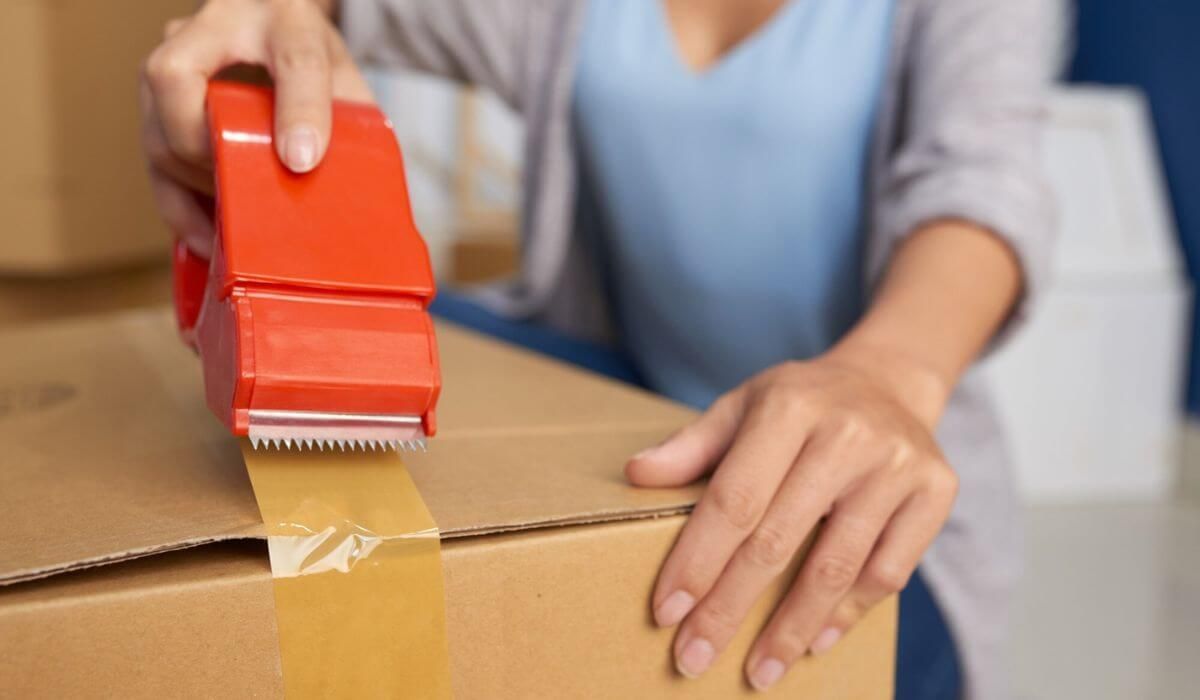Moving can be a stressful experience, and discovering that some of your belongings have been damaged during the move can add a significant amount of stress. According to a recent industry report,
up to 15% of belongings experience some level of damage during relocation. In this guide, we'll provide a step-by-step approach to handling damaged items after a move in Sydney. From assessing the damage to filing claims and making repairs, we'll cover everything you need to know to address this common issue.
Assessing the Damage
Inspecting Your Belongings
The first step after your move is to thoroughly inspect your belongings for any signs of damage. Unpack each box carefully and pay close attention to fragile items. While some damage may be obvious, like a broken lamp, be sure to check for more subtle issues such as scratches on furniture, dents in appliances, or leaks in containers.
Creating a post-move checklist
can help you ensure you've inspected everything.
Documenting the Damage
Once you've identified damaged items, it's crucial to document the issue thoroughly.
Taking clear and detailed photos of the damage is essential. Capture close-up shots of the specific damage, as well as overall pictures of the item for context.
Record details like the date you discovered the damage, a brief description of the issue, and the item's name or model number. If you have any pre-move photos of the item in good condition, include those as well. Finally, refer to your inventory documentation from the moving company to verify the item's listed condition.
Understanding Your Rights and Options
Reviewing Your Moving Contract
Before taking any further action, review your moving contract carefully. This document outlines the terms of service between you and the removalist company (local Sydney term for movers). The contract will specify the mover's liability coverage for damaged items. Pay close attention to details like weight limits for specific items and declared value options, which can impact the compensation you receive for damaged goods. If you have any questions about the contract or your coverage, don't hesitate to contact your removalist company directly.
Moving Insurance Coverage
If you purchased moving insurance, understand the specific details of your policy.
Different insurance plans
offer varying levels of coverage. Some plans offer full replacement value for damaged items, while others may have limitations. Review your policy documents to understand the claim process and any deadlines for filing a claim.
Filing a Claim for Damaged Items
Contacting Your Moving Company
If you've determined the mover is liable for the damage, the next step is to
initiate a claim with them. Most removalist companies will have a designated process for reporting damaged items. This may involve contacting a specific department or submitting a claim form online.
Be sure to communicate clearly and professionally when reporting the damage. Provide all the documentation you collected during the assessment stage, including photos and detailed descriptions of the issue.
Preparing and Submitting a Claim
Once you've initiated the claim process, the removalist company will likely provide you with a claim form.
Fill out the form accurately and completely. Attach all your supporting documents, including photos, inventory records, and any relevant communication with the removalist company.
Pay close attention to any deadlines for submitting your claim. Late submissions may result in a denial of your claim.

Repairing and Replacing Damaged Items
DIY Repairs for Minor Damage
For minor damage, you may be able to
fix the item yourself. This can be a cost-effective solution for scratches, loose screws, or other small issues. There are many online resources and tutorials available that can help you with basic repairs.
If you're unsure about your ability to fix the item properly, it's best to consult a professional.
Hiring Professional Repair Services
For more significant damage,
consider hiring a professional repair service. This is especially important for valuable items or complex repairs.
Get quotes from several qualified repair providers before making a decision. Be sure to ask about their experience with repairing similar items and their warranty policies.
Deciding When to Replace Items
In some cases, replacing the item entirely may be the most practical solution. Consider factors like the cost of repairs compared to the value of the item, the sentimental value of the item, and the availability of replacement parts. If you decide to replace the item, explore different options such as purchasing a used item, searching for a discount retailer, or waiting for a sale.
Preventing Future Damage
Packing Tips for Fragile Items
The best way to deal with damaged items is to prevent them from happening in the first place. Here are some tips for packing fragile items for your next move:
- Use high-quality packing materials: Invest in sturdy boxes, packing peanuts, bubble wrap, and packing tape.
- Double box fragile items: For particularly delicate items, consider placing them in a smaller box surrounded by packing peanuts and then placing that box inside a larger, sturdier box.
- Wrap everything securely: Use bubble wrap or packing paper to wrap each individual item before placing it in the box.
- Fill empty spaces: Don't leave any empty space in the box. Use packing peanuts or crumpled paper to fill any voids and prevent items from shifting during transport.
- Label boxes clearly: Clearly mark all boxes containing fragile items with the word "Fragile" and arrows indicating the top of the box. This will help the removalists handle these boxes with extra care.
Choosing the Right Moving Company
Selecting a reputable and experienced removalist company is crucial for a smooth and stress-free move. Here are some tips for choosing the right movers:
- Get quotes from multiple companies: Compare prices and services offered by several removalist companies in Sydney before making a decision.
- Check online reviews: Read reviews from past customers to get an idea of the company's reputation and service quality.
- Ask for recommendations: Talk to friends, family, or colleagues who have recently moved in Sydney and see if they can recommend a reliable removalist company.
- Look for companies that offer moving insurance: Moving insurance can provide valuable protection for your belongings in case of damage during the move. Consider reputable companies like Rent a Mover Sydney that offer comprehensive moving insurance options.
By following these tips, you can minimize the risk of damage to your belongings during your next move in Sydney.
Conclusion
Discovering damaged items after a move can be frustrating, but by following the steps outlined in this guide, you can take control of the situation and minimize the impact on your relocation. Remember to stay calm, document everything thoroughly, understand your rights, and take appropriate action. By being prepared and informed, you can navigate this challenge smoothly and reduce the stress of moving.
FAQs about What to Do with Damaged Items After a Move
Q: What should I do immediately after discovering damaged items post-move?
Immediately document the damage by taking photos and recording details. Review your moving contract and insurance policy to understand your coverage options.
Q: How can I document damage effectively for a claim?
Take clear and detailed photos of the damage, including close-up shots and overall pictures. Record details like the date you discovered the damage and a description of the issue. Keep copies of all your documentation.
Q: What types of moving insurance are available and what do they cover?
Different moving insurance plans offer varying levels of coverage. Some plans offer full replacement value for damaged items, while others may have limitations. Review your policy details carefully.
Q: How do I file a damage claim with my moving company?
Contact your removalist company's designated department for reporting damaged items. Fill out a claim form and submit it along with all your supporting documentation.
Q: When should I consider repairing versus replacing a damaged item?
Consider the cost of repairs compared to the value of the item, the sentimental value, and the availability of replacement parts.




